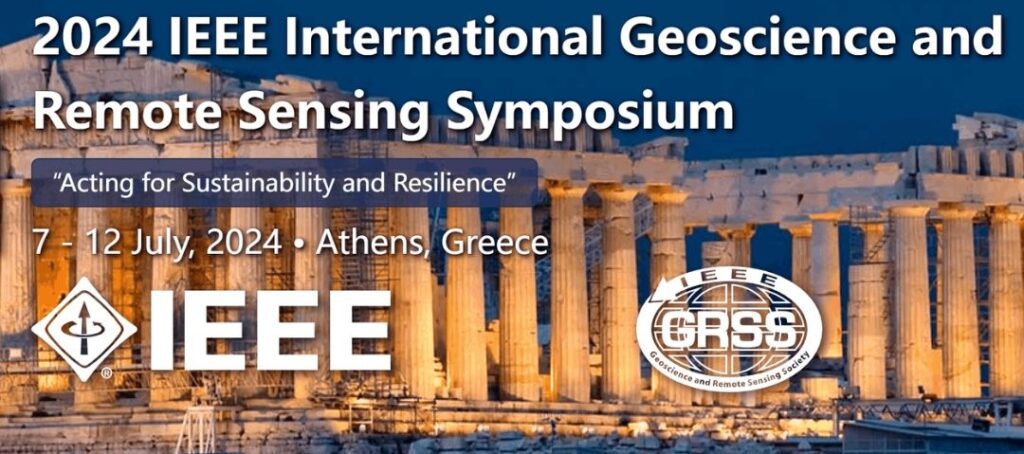Academic Publication: “MOUNTAIN GREEN COVER INDEX CALCULATION AT A NATIONAL SCALE USING WEAK AND SPARSE DATA”

Academic Publication: “MOUNTAIN GREEN COVER INDEX CALCULATION AT A NATIONAL SCALE USING WEAK AND SPARSE DATA”
“2024 IEEE International Geoscience and Remote Sensing Symposium: Acting for Sustainability and Resilience“, 7 – 12 July, 2024 • Athens, Greece.
MOUNTAIN GREEN COVER INDEX CALCULATION AT A NATIONAL SCALE USING WEAK AND SPARSE DATA
Natalia Verde, Petros Patias, Giorgos Mallinis
(School of Rural and Surveying Engineering, Aristotle University of Thessaloniki)
ABSTRACT
Mountain ecosystems, essential for global biodiversity and human well-being, undergo rapid changes due to climate change and human influence. The Mountain Green Cover Index (MGCI) measures the percentage of green vegetation across mountain areas, aiming to assess and monitor the health and conservation of mountain ecosystems. MGCI requires ongoing monitoring and distinction by land cover (LC) type, however, challenges arise from the limited temporal and spatial resolution of available LC products. In addition, existing methods face issues due to complex terrain in mountains. This study leverages Deep Learning on Sentinel-2 data to overcome these limitations, and map LC categories for the MGCI at a national scale. Employing weak and sparse labels from the CORINE Land Cover dataset, the approach alleviates the need of large-scale manual sample collection and provides a roadmap for national statistical services to compute the MGCI.
This work was implemented in the framework of the LIFE EL-BIOS project “hELlenic BIOdiversity Information System: An innovative tool for biodiversity conservation”. The LIFE EL-BIOS project (LIFE20 GIE/GR/001317) is co-financed by the LIFE Programme of the European Union and Green Fund.
Download the paper: HERE





